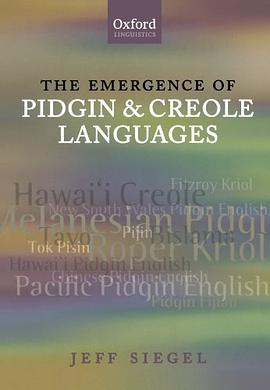

This book provides explanations for the emergence of contact languages, especially pidgins and creoles. It assesses the current state of research and examines aspects of current theories and approaches that have excited much controversy and debate. The book answers questions such as: How valid is the notion of a pidgin-creole-postcreole life cycle? Why are many features of pidgins and creoles simple in formal terms compared to other languages? And what is the origin of the grammatical innovations in expanded pidgins and creoles - linguistic universals, conventional language change, the influence of features of languages in the contact environment, or a mix of two or more factors? In addressing these issues, the author looks at research on processes of second language acquisition and use, including simplification, overgeneralization, and language transfer. He shows how these processes can account for many of the characteristics of contact languages, and proposes linguistic and sociolinguistic constraints on their application in language contact.His analysis is supported with detailed examples and case studies from Pidgin Fijian, Melanesian Pidgin, Hawai'i Creole, New Caledonian Tayo and Australian Kriol, which he uses as well to assess the merits of competing theories of language genesis. Professor Siegel also considers his research's wider implications for linguistic theory.
具体描述
读后感
评分
评分
评分
评分
用户评价
相关图书
本站所有内容均为互联网搜索引擎提供的公开搜索信息,本站不存储任何数据与内容,任何内容与数据均与本站无关,如有需要请联系相关搜索引擎包括但不限于百度,google,bing,sogou 等
© 2025 book.wenda123.org All Rights Reserved. 图书目录大全 版权所有




















